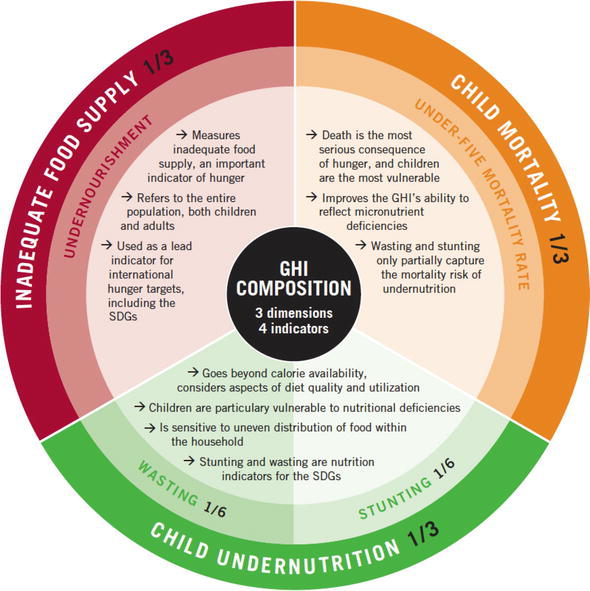Malnutrition & Human health
- Home
- / Malnutrition & Human health
Malnutrition & Human health
Malnutrition & Human health
Malnutrition refers to deficiencies or excesses in nutrient intake, imbalance of essential nutrients, or impaired nutrient utilization.
Malnutrition is a major contributor to disease burden, with more than half of global deaths in children younger than 5 years of age attributable to undernutrition, the vast majority of which are in low-income and middle-income countries, including India. However, overweight among children is also increasing globally, including in Africa and Asia.

Addressing the challenge of malnutrition in children and women is essential to ensure optimal cognitive growth and development and overall health and productivity. To spur action and monitor progress, WHO Global Nutrition Targets were established for six malnutrition indicators to be achieved by 2025. The UN Sustainable Development Goals (SDGs) also set targets with the aim of eliminating malnutrition by 2030.
As per the most recent NFHS-5 survey (2019–2021) covering 36 states and union territories (UTs),
the prevalence continues to be an alarming 7.7%. SAM is defined as weight-for-height below −3 z-scores of the median WHO growth standards known as severe wasting.Children with SAM are at 9–11 times higher risk of mortality and morbidity than well-nourished children. Case fatality rate among SAM children receiving inpatient treatment based on WHO protocol ranged from 3.4% to 35%. An estimate based on the NFHS-4 survey suggests that approximately 10 billion children in India suffer from SAM. Meaning that the case fatality rate of 3.4%–35% would translate into 340 000 to 3.5 million deaths among under-five children in India. This is an unprecedented public health emergency requiring urgent policy attention
